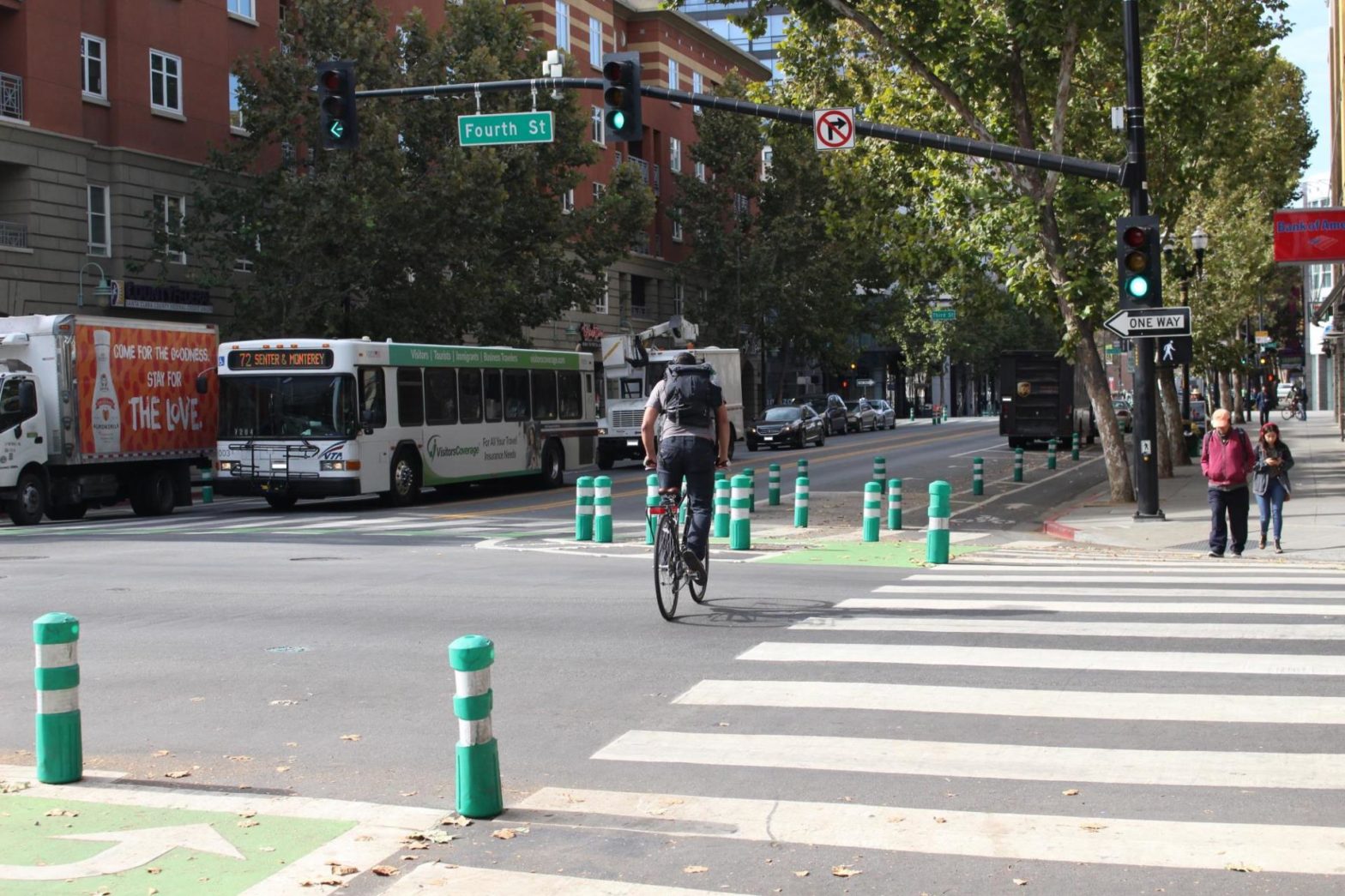
Standards and new business models could enable better air quality monitoring
14 October 2020
by Sarah Wray
Although COVID-19 lockdowns saw marked improvements in global air quality, pollution is beginning to return to pre-pandemic levels in many places.
This is bad news for public health. According to the World Health Organization (WHO), nine in ten citizens around the world breathe air containing high levels of pollutants and air pollution causes seven million premature deaths each year.
Implementing a dense network of air monitoring sensors can help city leaders improve air quality, Marc Ottolini, CEO of technology company AirLabs, told Cities Today in an interview, noting that public-private partnerships and emerging standards could be key in enabling local authorities to overcome financial hurdles.
Comparing mitigation measures
The company is taking part in the SIMULATE project with Staffordshire County Council, Keele University, The Connected Places Catapult, Amey and a range of SME partners. The initiative, which is funded by the UK Department for Transport and part of the ADEPT Smart Places Research Programme, is looking to develop innovative new approaches to improve air quality and intelligent mobility.
AirLabs has installed a dense network of 18 AirNode sensors around a busy road in Newcastle-under-Lyme, with an additional sensor co-located with one of the mitigation solutions – a green wall at a school. The sensors are being installed on lampposts around 100 metres apart to detect the variations of pollutant concentration in space and time throughout the area.
In total, three sites in Staffordshire will have air pollution sensors installed, with EarthSense implementing devices across all locations.
The project aims to not only monitor air pollution, but to test a variety of mitigation measures in a real-world setting. These include using artificial intelligence to monitor and predict traffic, installing an active ‘green wall’ to absorb air pollutants and deploying e-scooters and e-bikes to encourage alternative transport options. It will also offer conclusions about the optimum density of sensors needed to deliver results.
The data obtained from the sensors will be used to compare and evaluate which mitigations are most effective. The project will run for 16 months and should provide a model that can be replicated by councils elsewhere.
Ottolini said: “This is a fantastic showcase of why dense sensor networks make sense because without that, you would not be able to discern one intervention from another.”
He noted, too, that sensor networks could help cities implement sometimes-controversial measures like Clean Air Zones in a smarter, more tailored way.
“Having a sensor doesn’t make the pollution go away but helps [you] understand where the issues are and what can be done about them,” he commented.
Funding
Many cities already have a small number of expensive, regulatory-grade air quality sensors. However, as air quality can change dramatically over only a few metres, cities are increasingly looking to install more sensors. Although the cost of air quality monitoring sensors has decreased dramatically over recent years, as have maintenance requirements, cities still often struggle to make a compelling financial case for investment and this is a barrier to further adoption, as noted in a report published earlier this year by Guidehouse Insights.
“Too many cities will struggle to roll out this kind of network, even after we’ve done all the work to keep the total cost of ownership down,” Ottolini said.
With many city budgets under pressure like never before due to the impact of COVID-19, he believes public-private partnerships, citizen engagement and standards could help address this obstacle.
Cities could, for example, enable citizens to have their own sensor and share the data. However, data quality is key, said Ottolini. Otherwise there is a high risk of “garbage in, garbage out” which could make people lose trust in the system. Progress could be on the horizon here as the European Committee for Standardization (CEN) is developing standards which are due to be published next year and cover device performance, as well as a test method to prove compliance.
On the business side, Ottolini said local authorities could look to share costs with companies that want to demonstrate corporate social responsibility and those that sell solutions related to air quality, such as electric vehicle manufacturers. There could be branding opportunities like sponsorship and companies could also use the air quality information to make decisions about issues such as where to locate their offices.
Public-private partnerships would likely be combined with models like sensing-as-a-service, Ottolini said.
“We need to be creative in how to make it affordable, so that these networks can really be deployed,” he added.
The UK government recently launched a call for evidence on a new approach to ensure that all relevant public bodies, not just local authorities, play their part in helping to reduce pollution at a local level. Under the proposals, the Environment Secretary will have the power to designate Air Quality Partners which have some responsibility for sources of local pollution (such as a specific stretch of road or site that emits pollution). They would be required to assist in developing and implementing an action plan to cut the pollution output.
AirLabs is also developing air-cleaning devices for public transport as operators look for ways to boost passenger confidence amid COVID-19.











